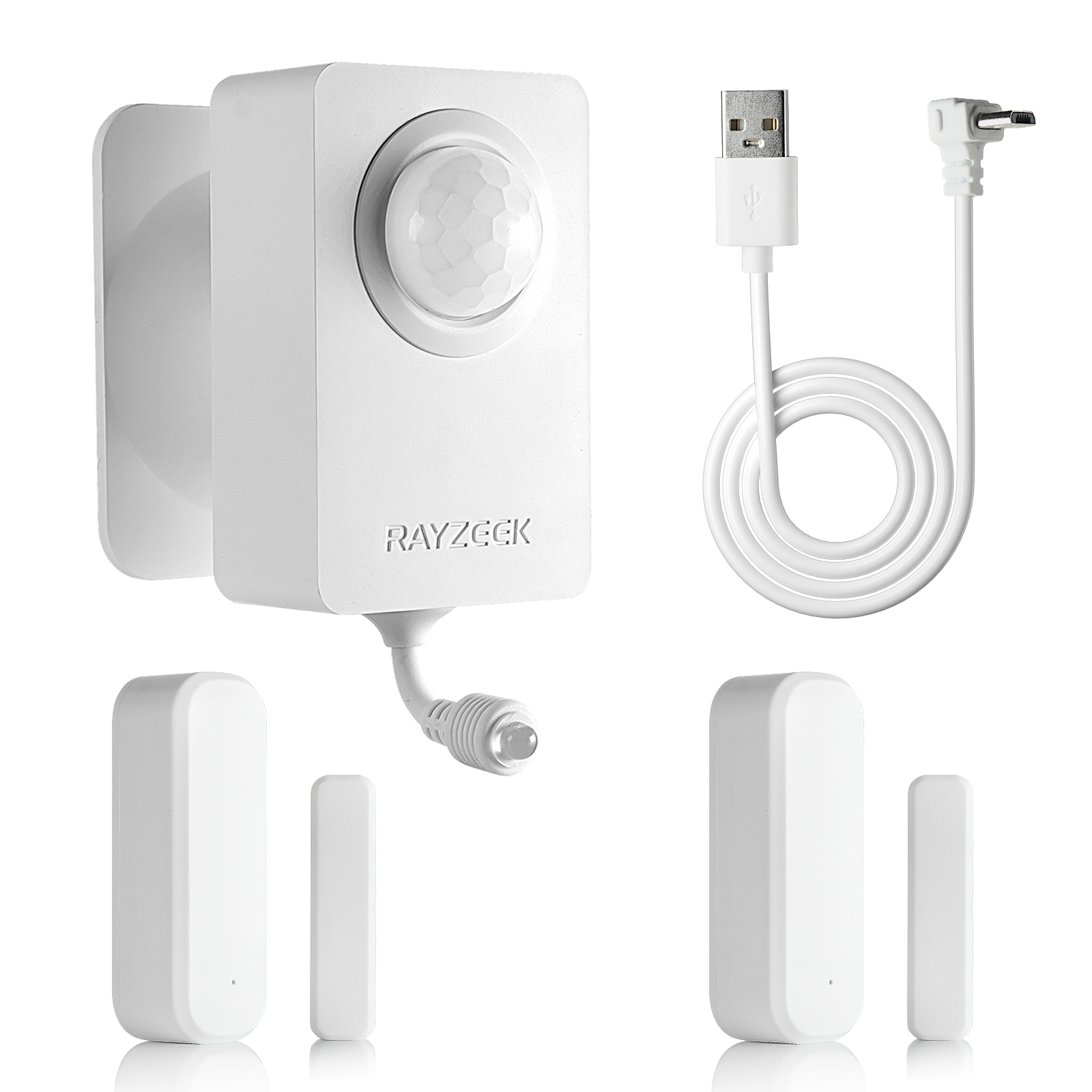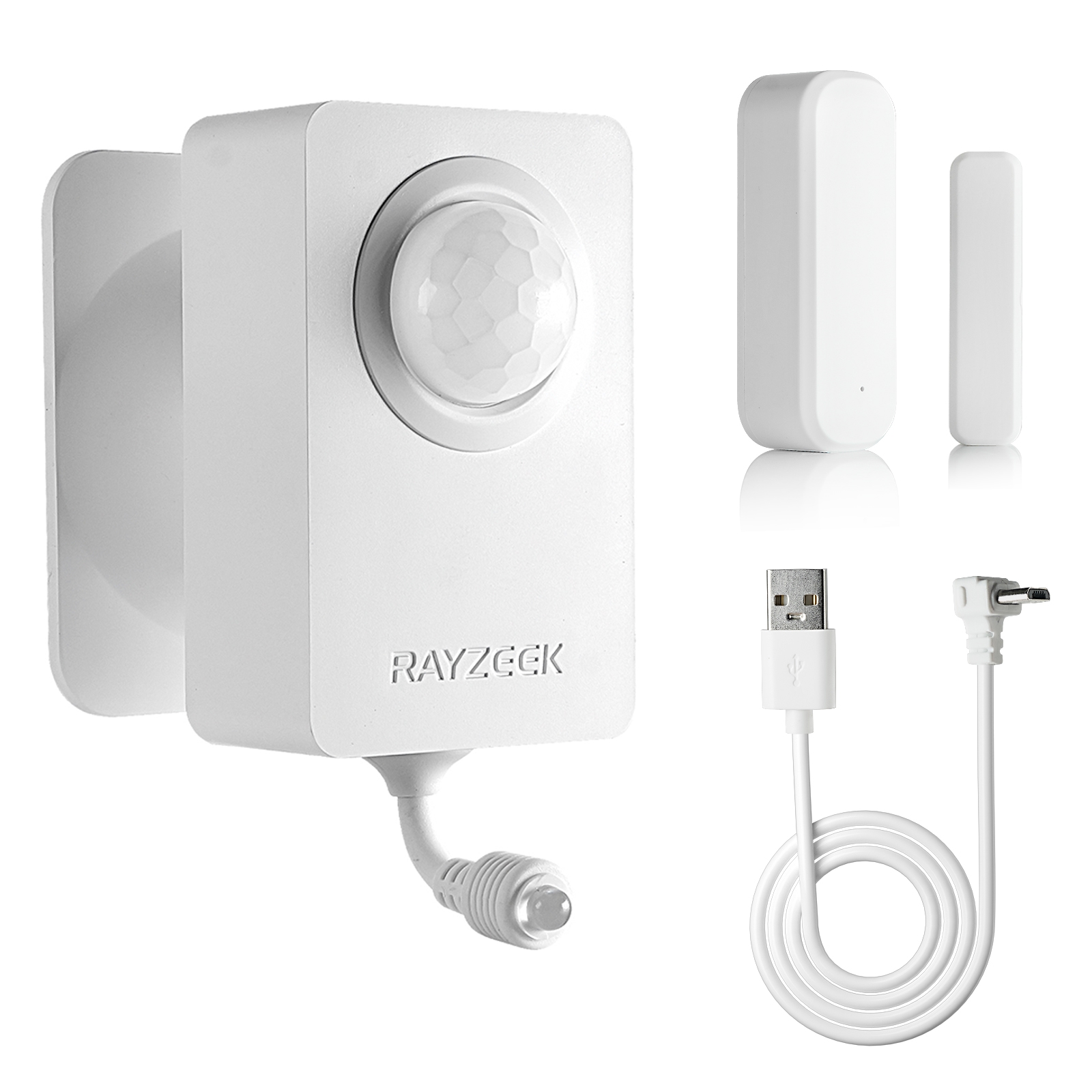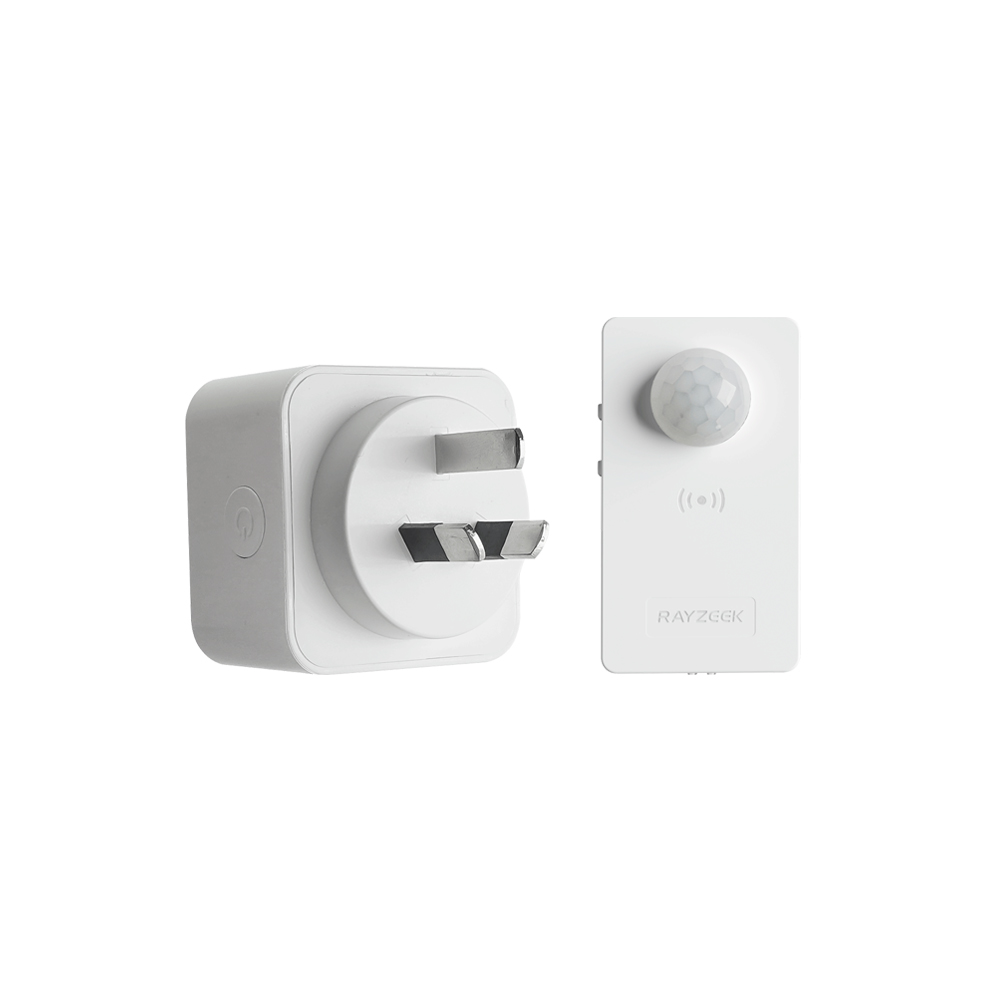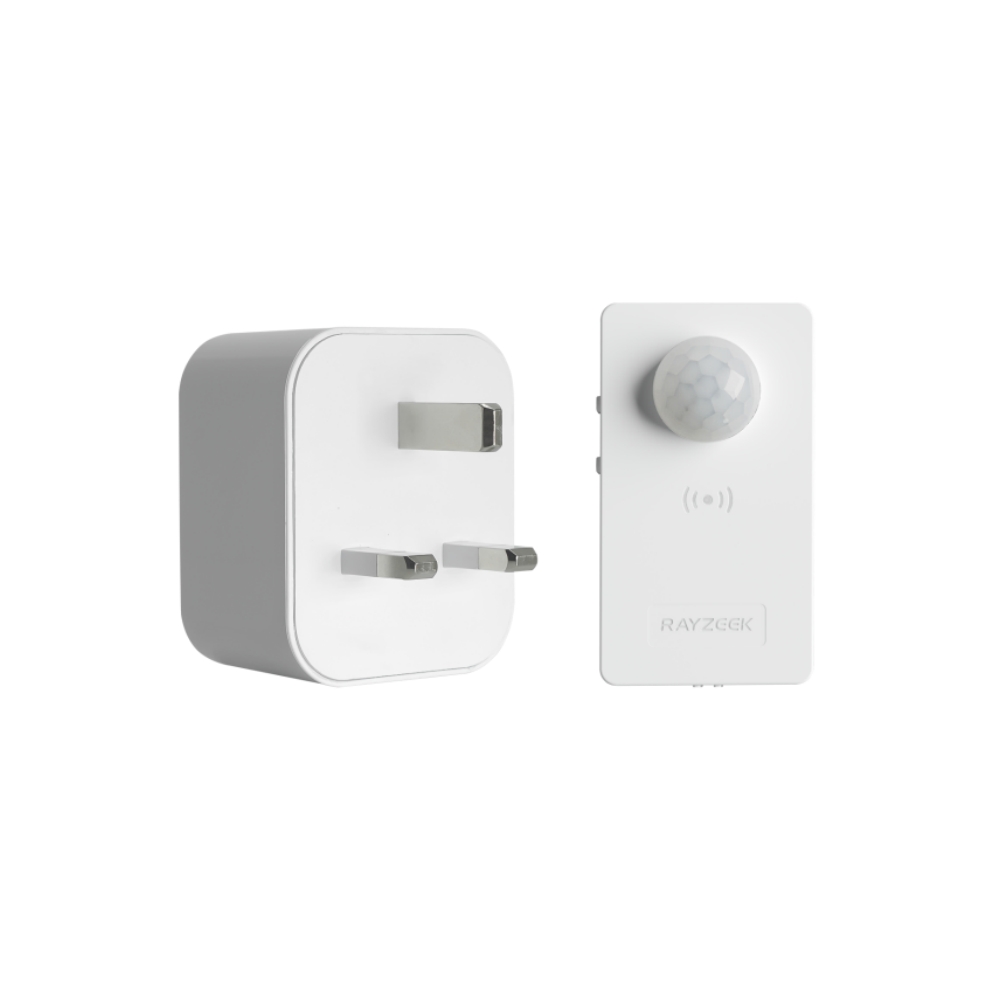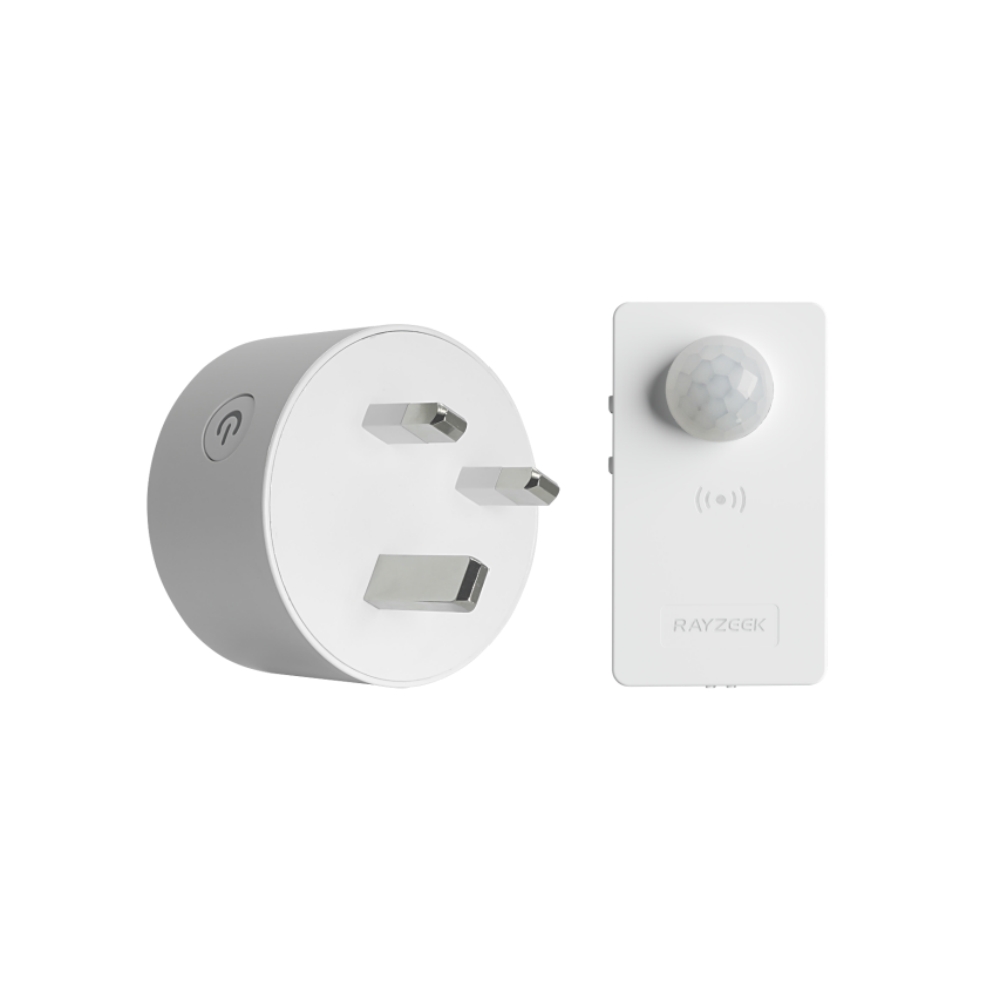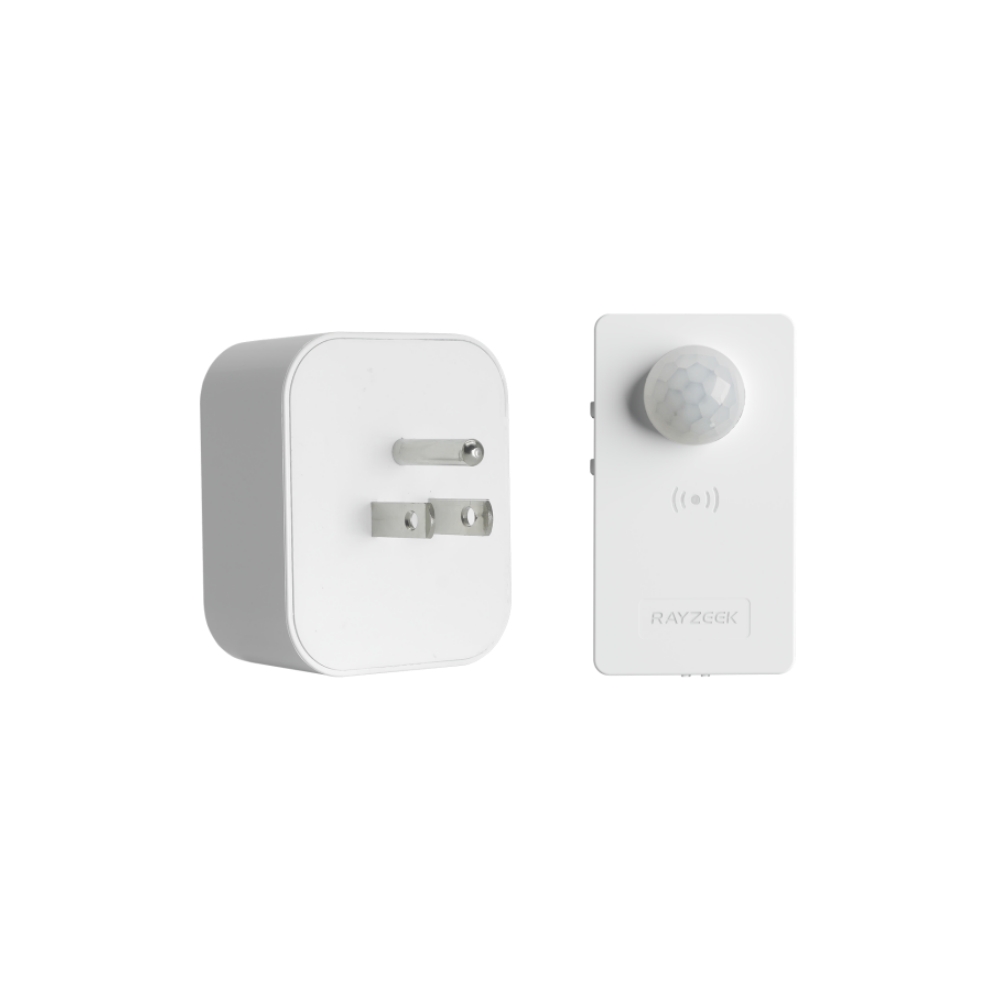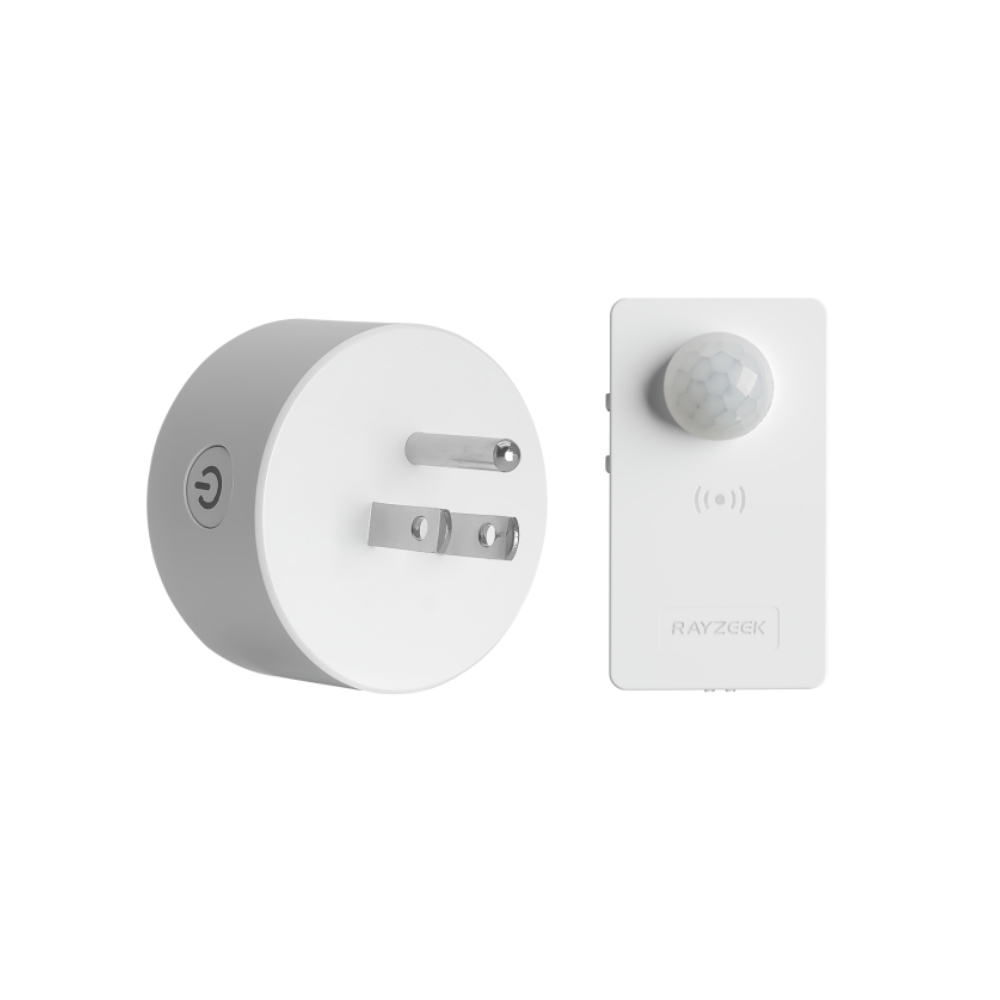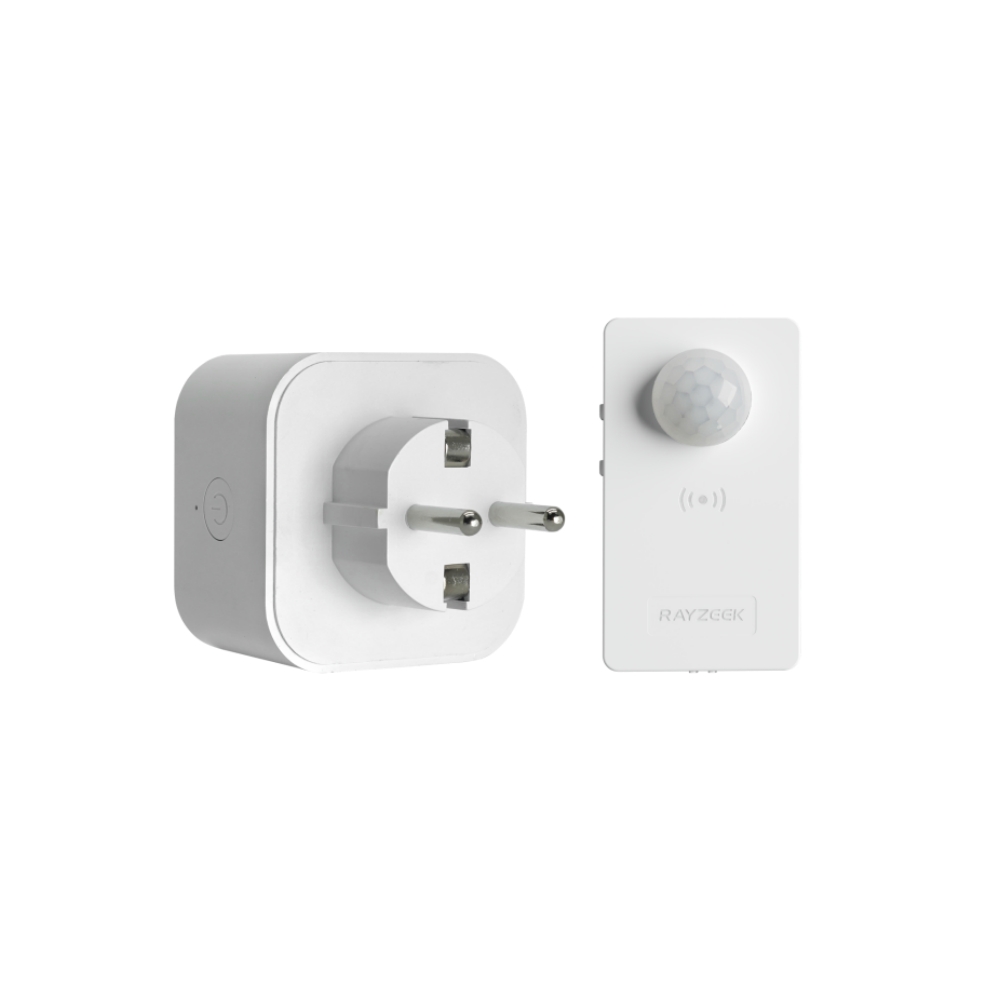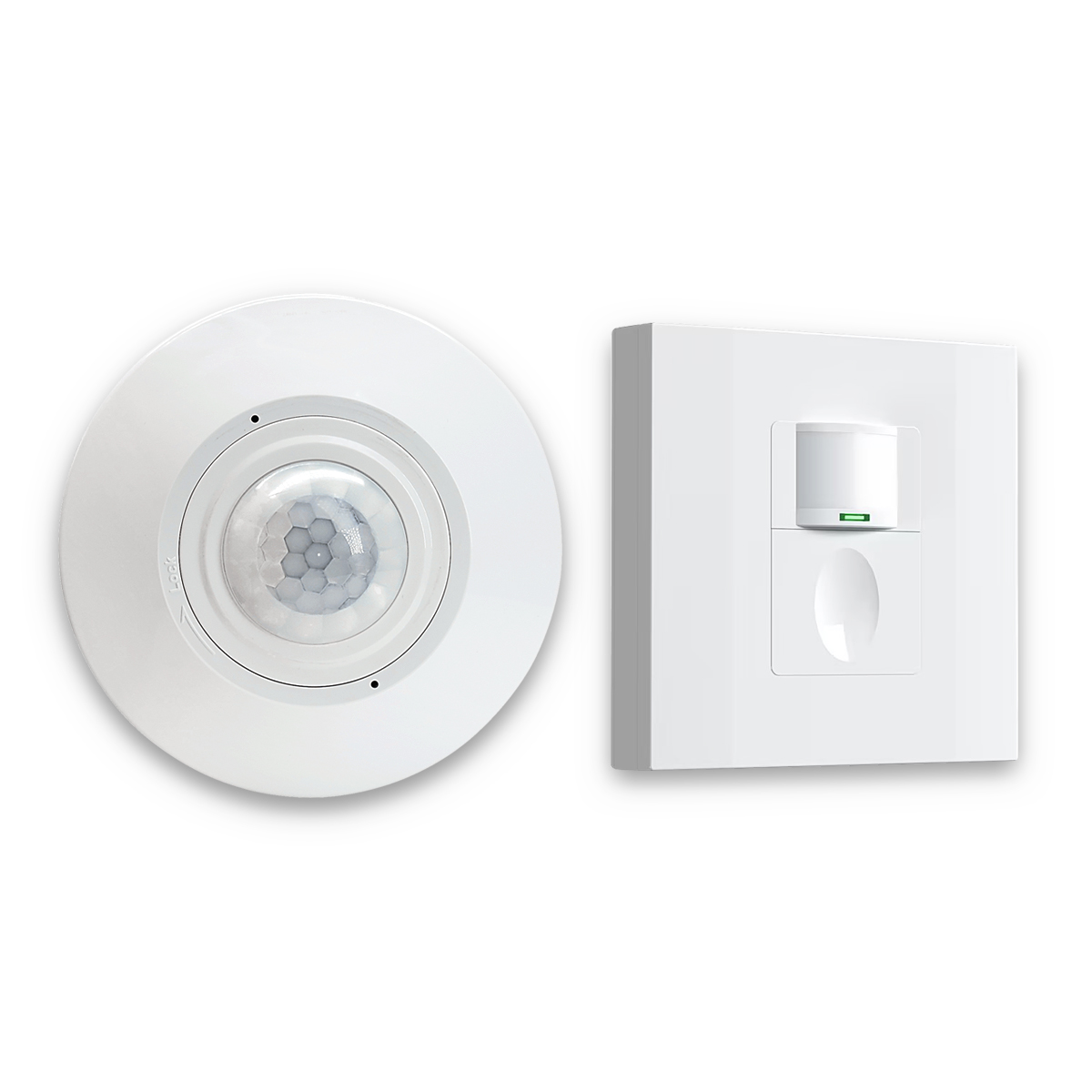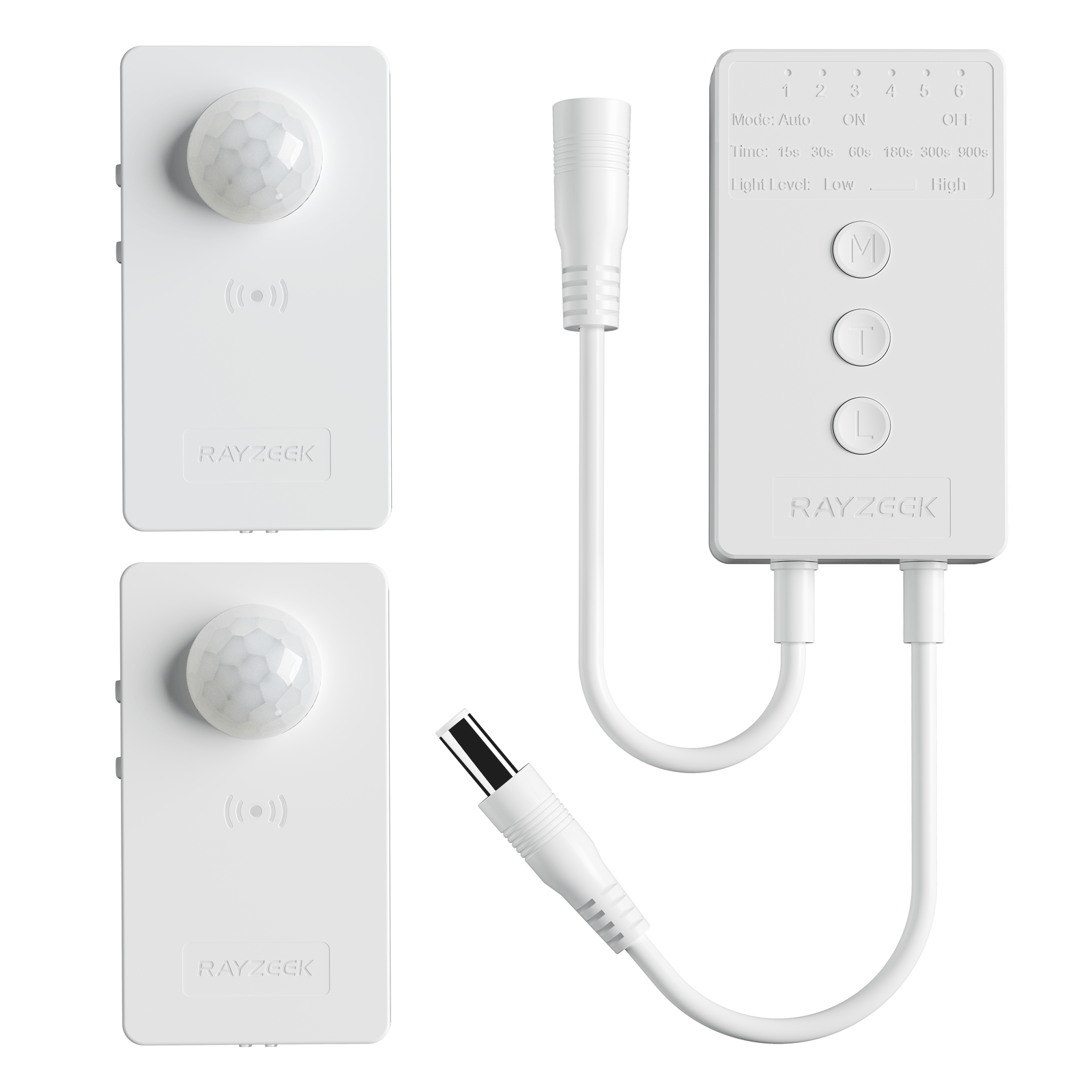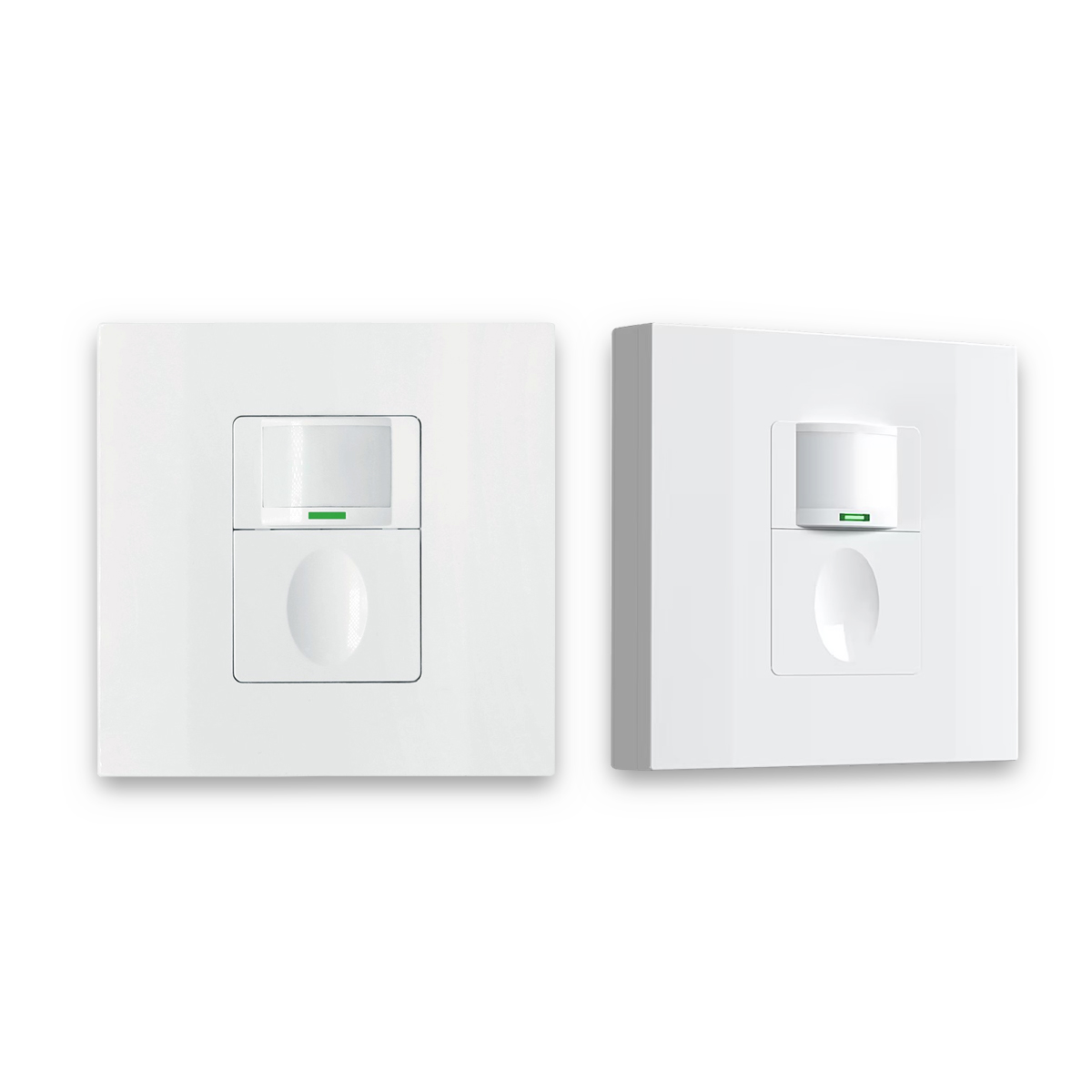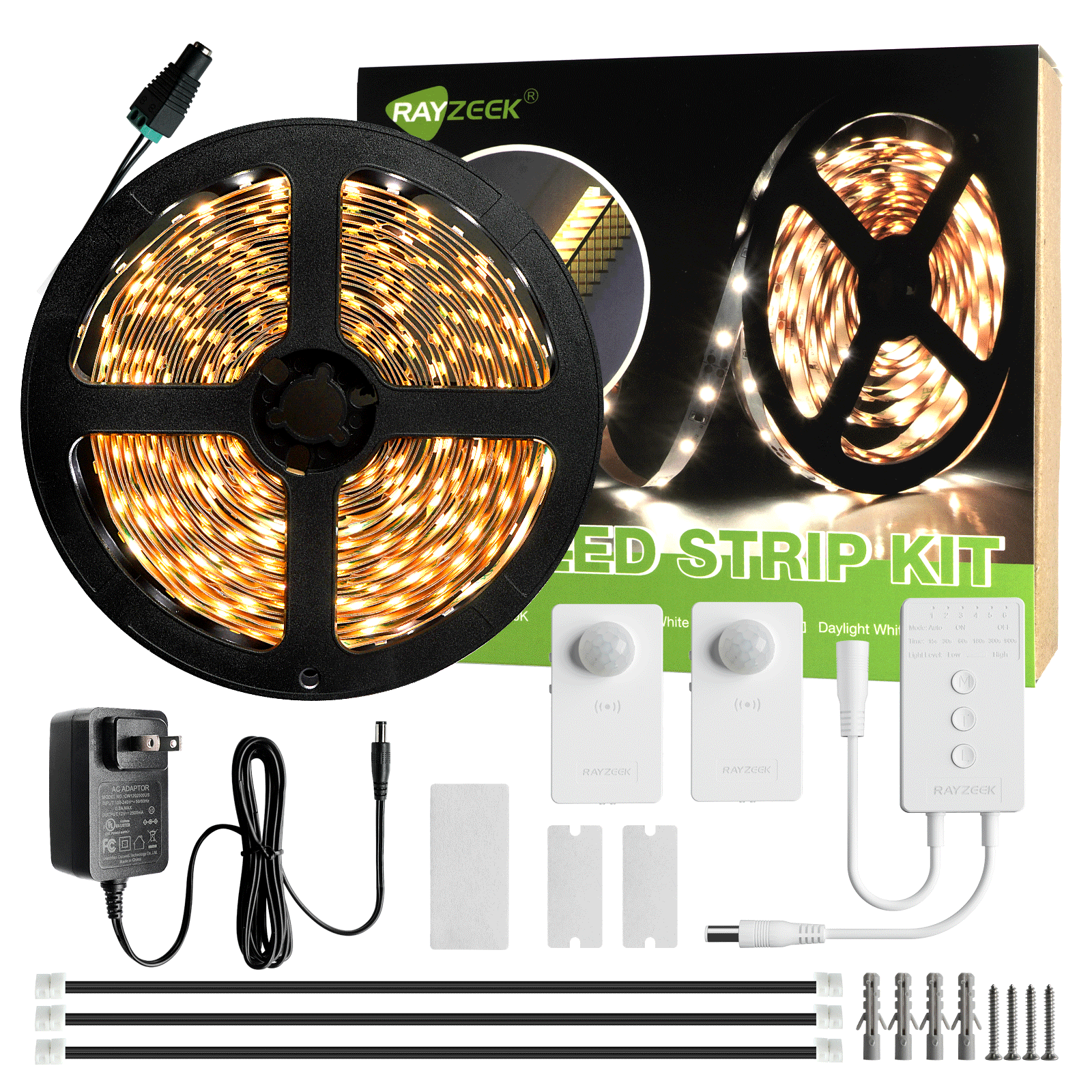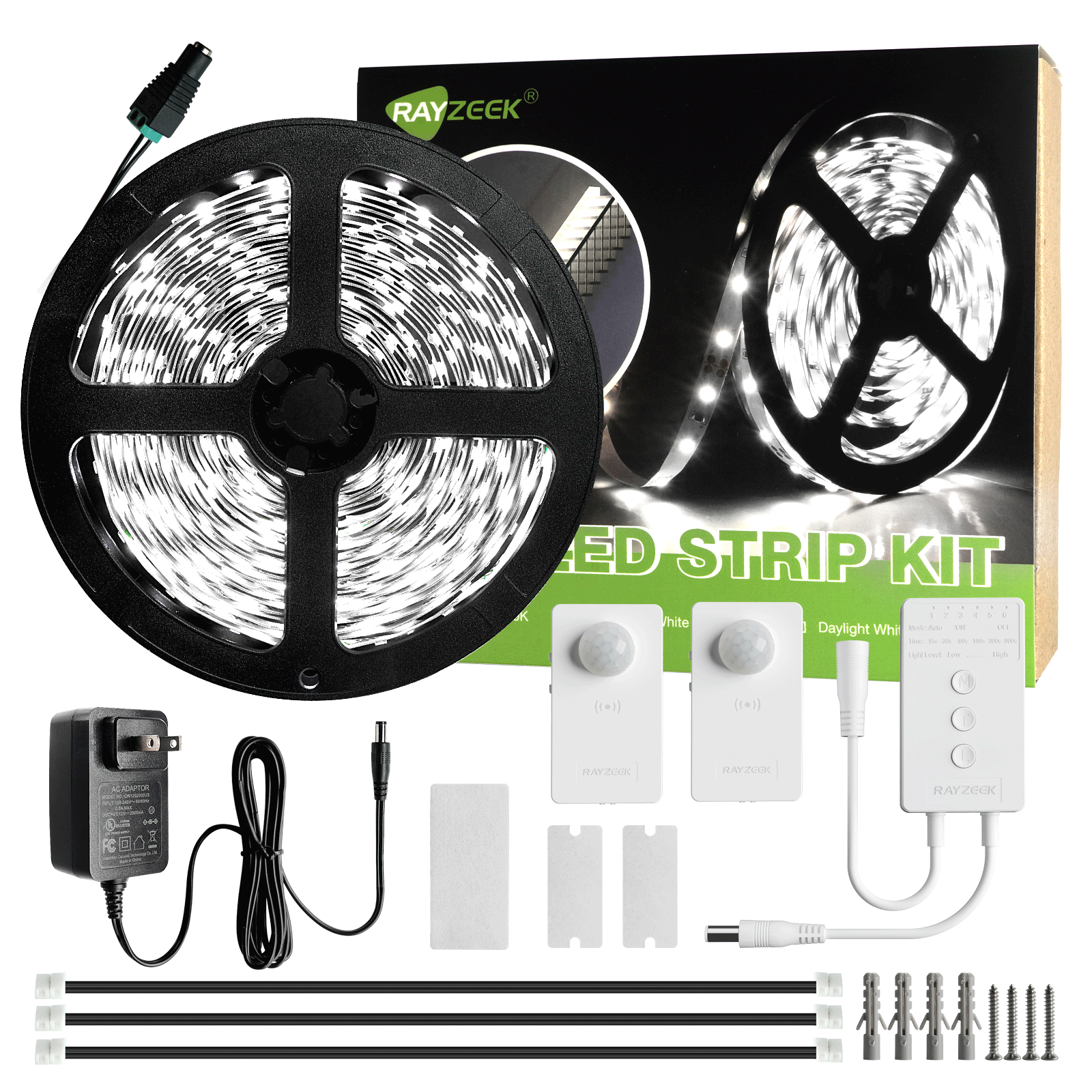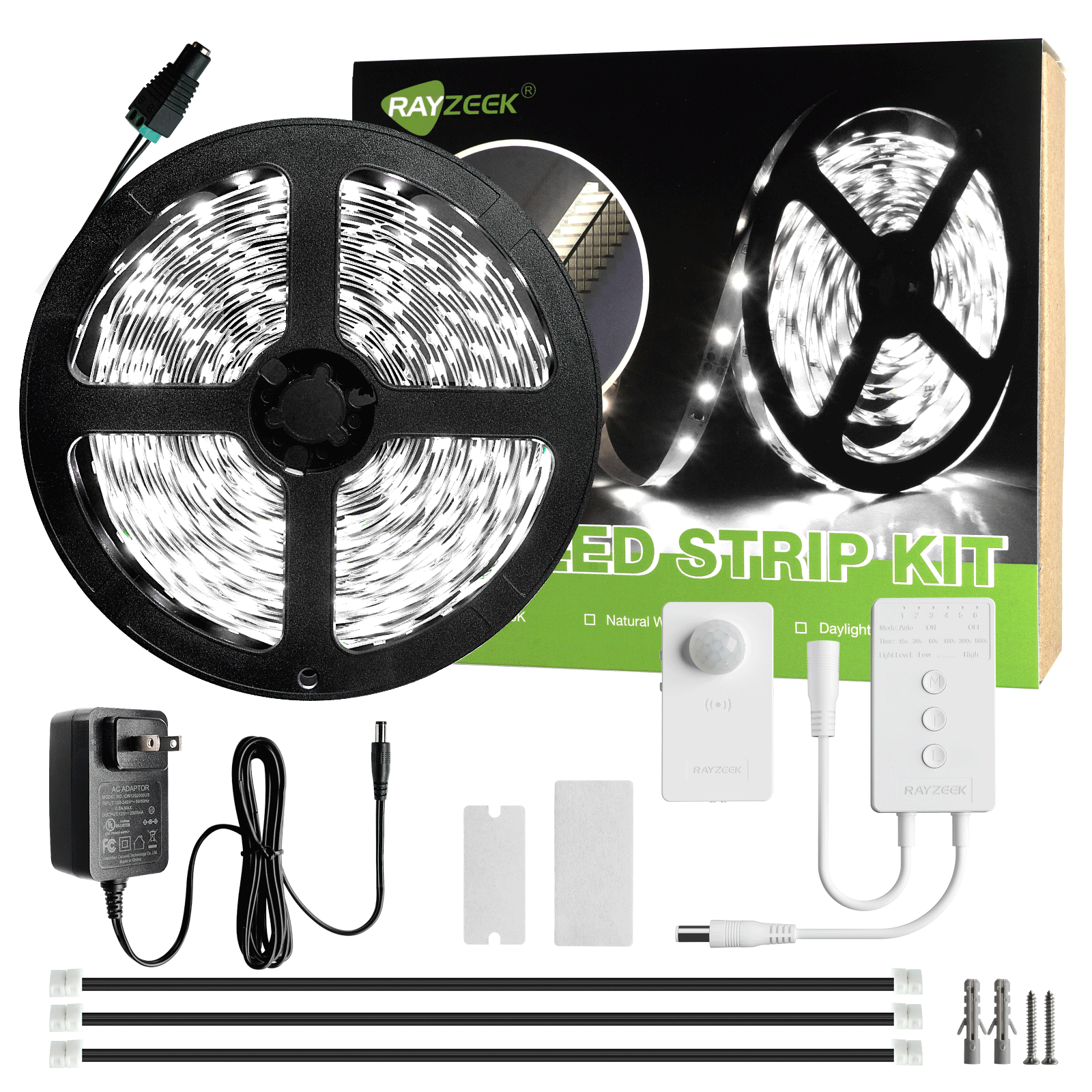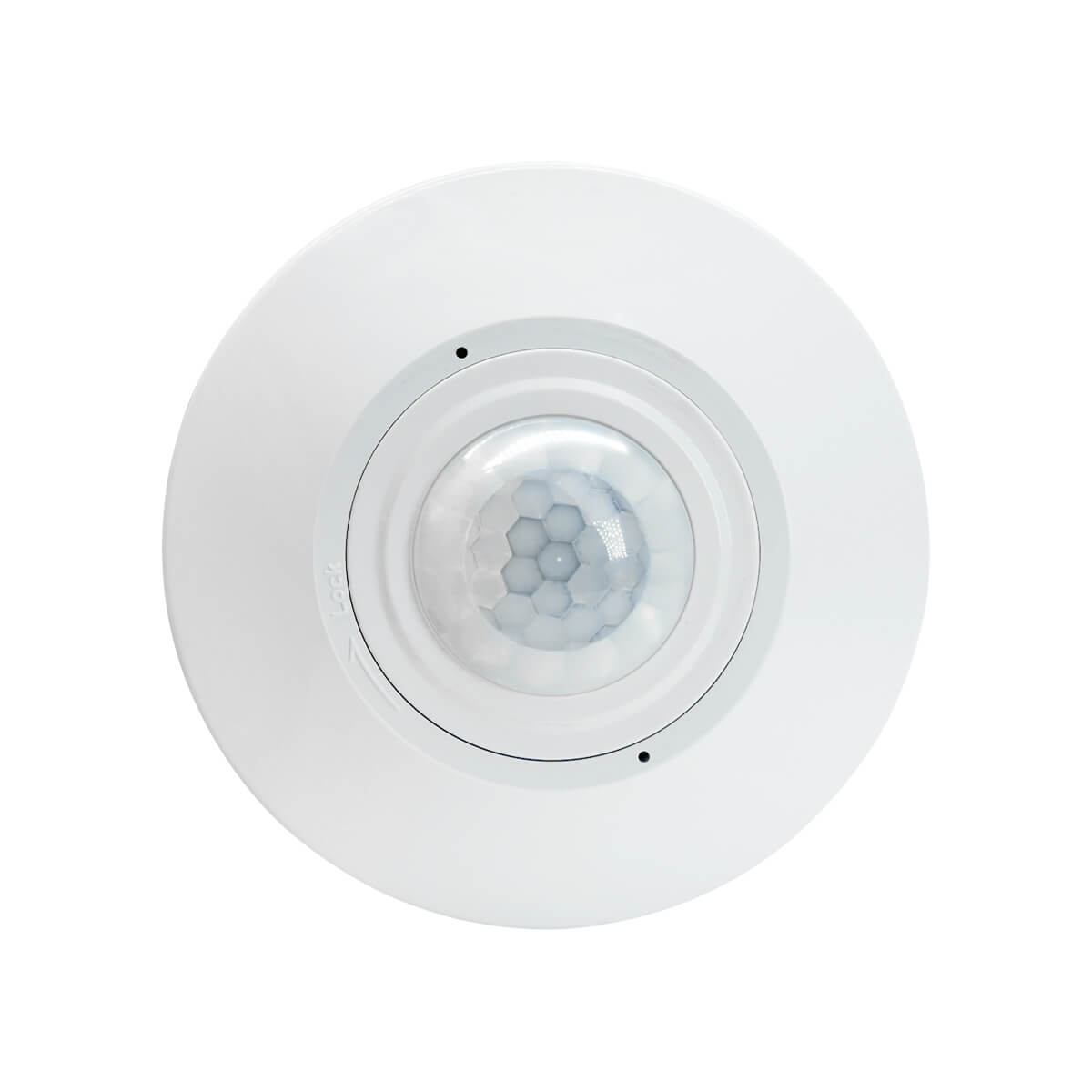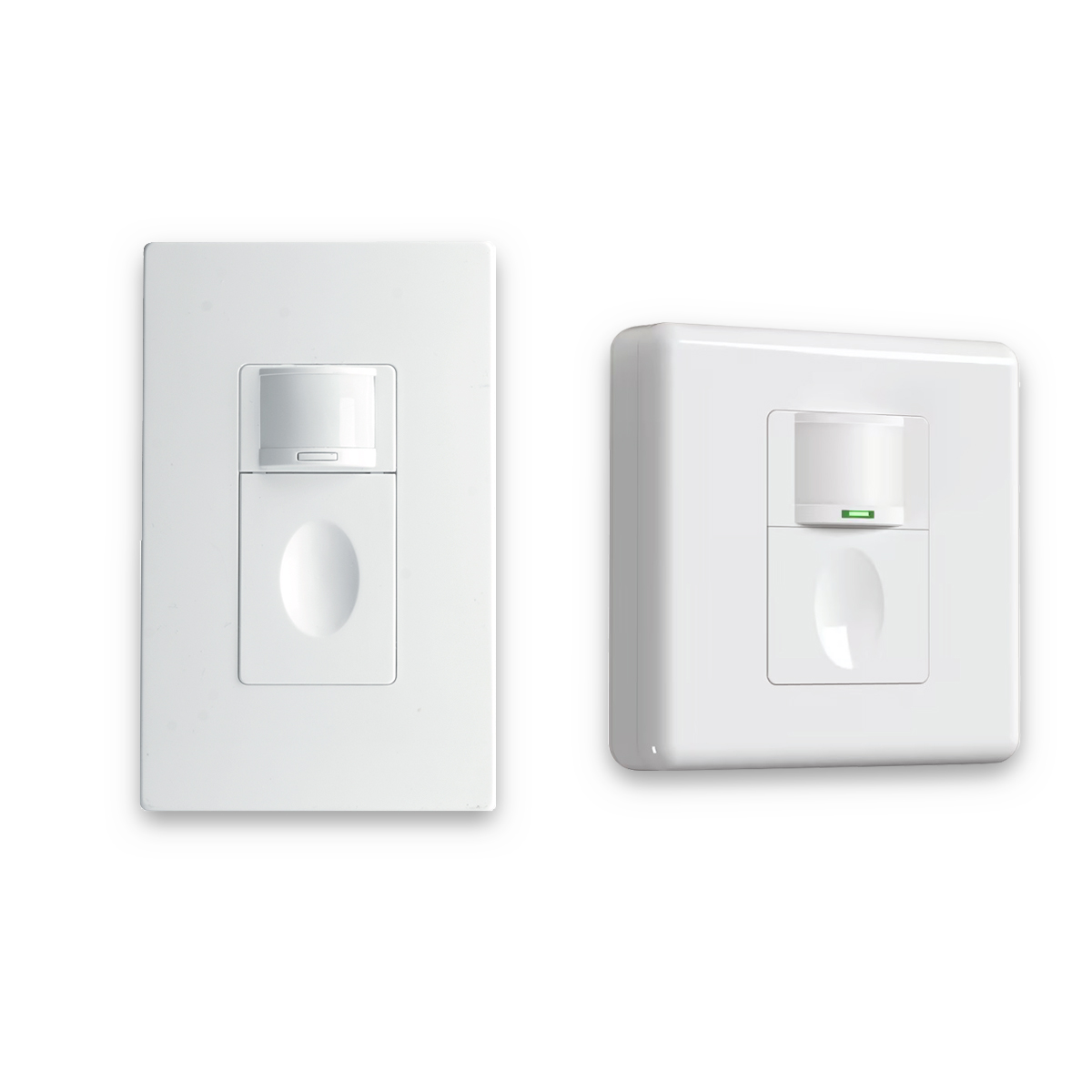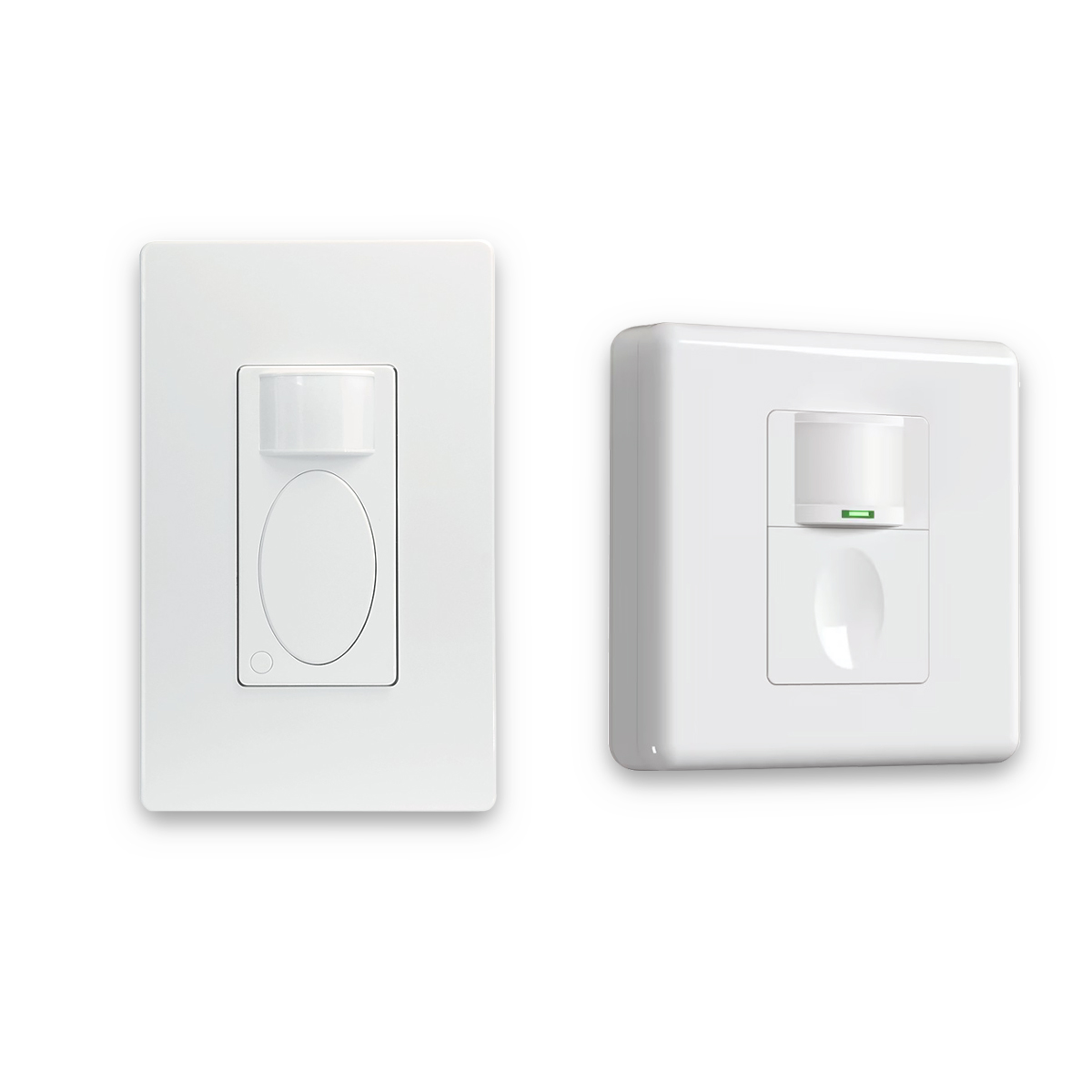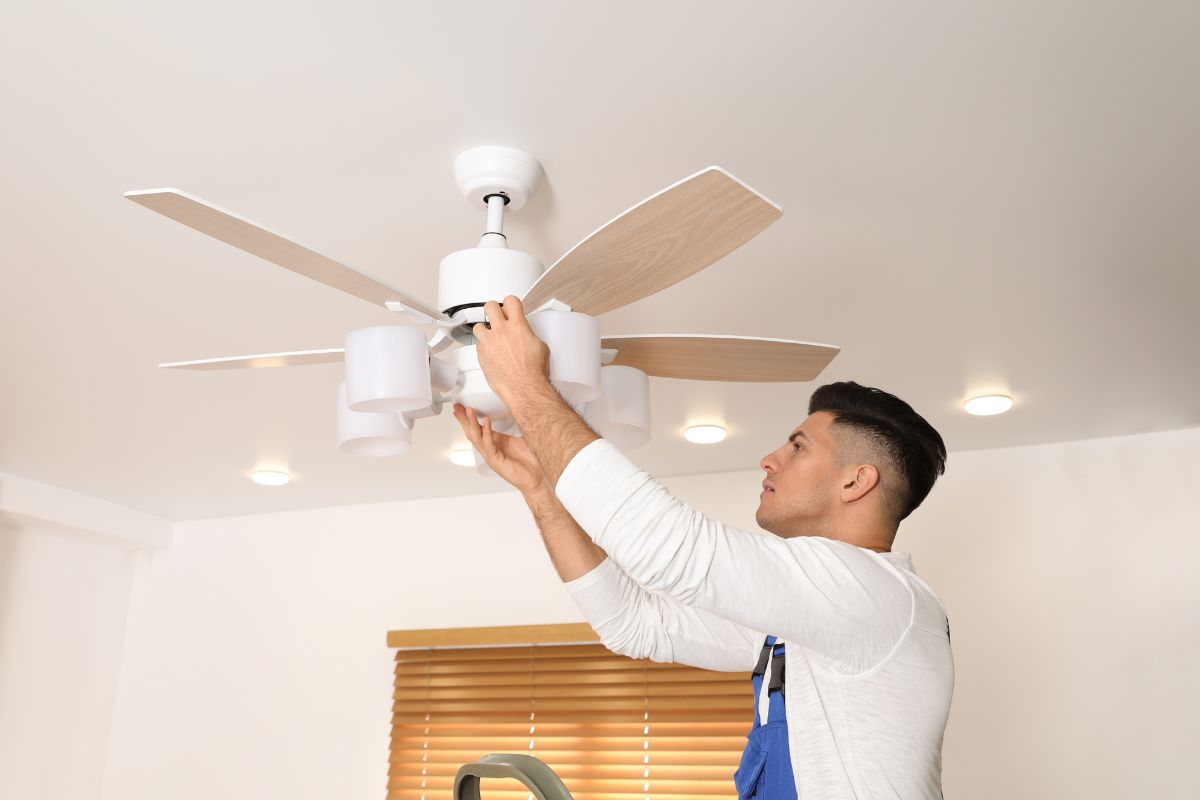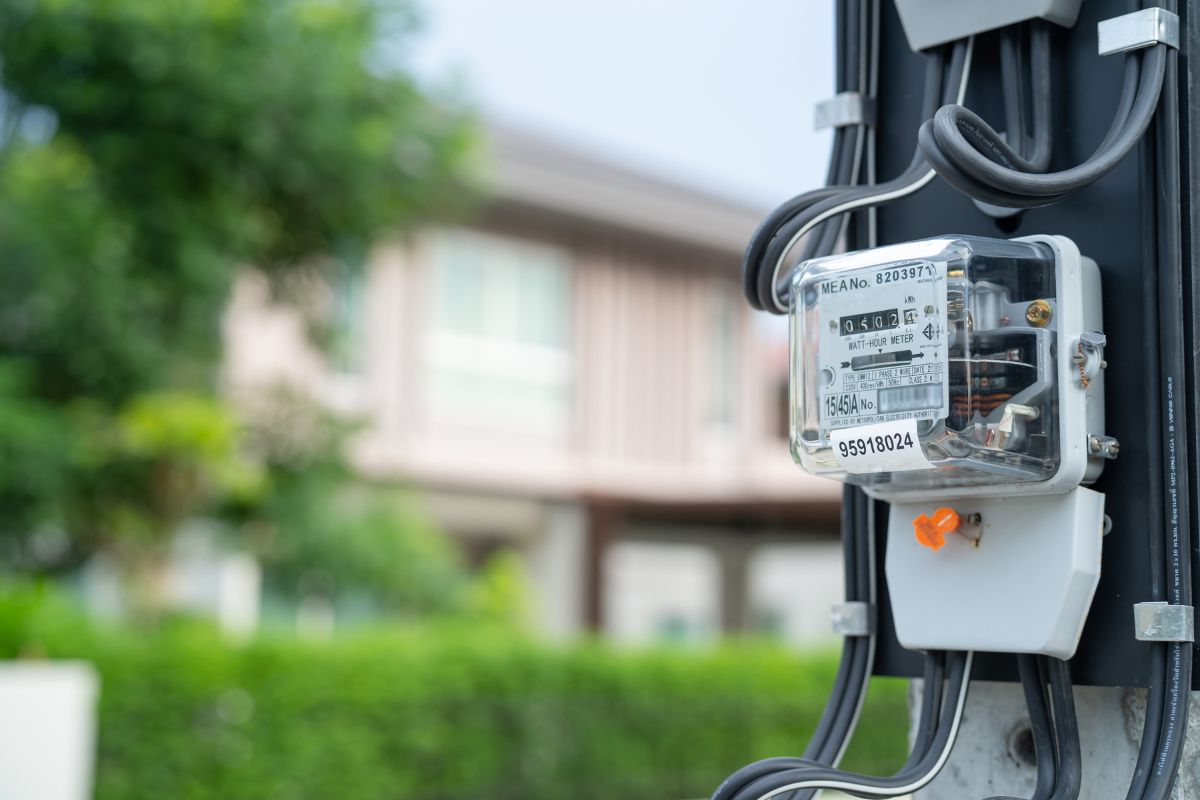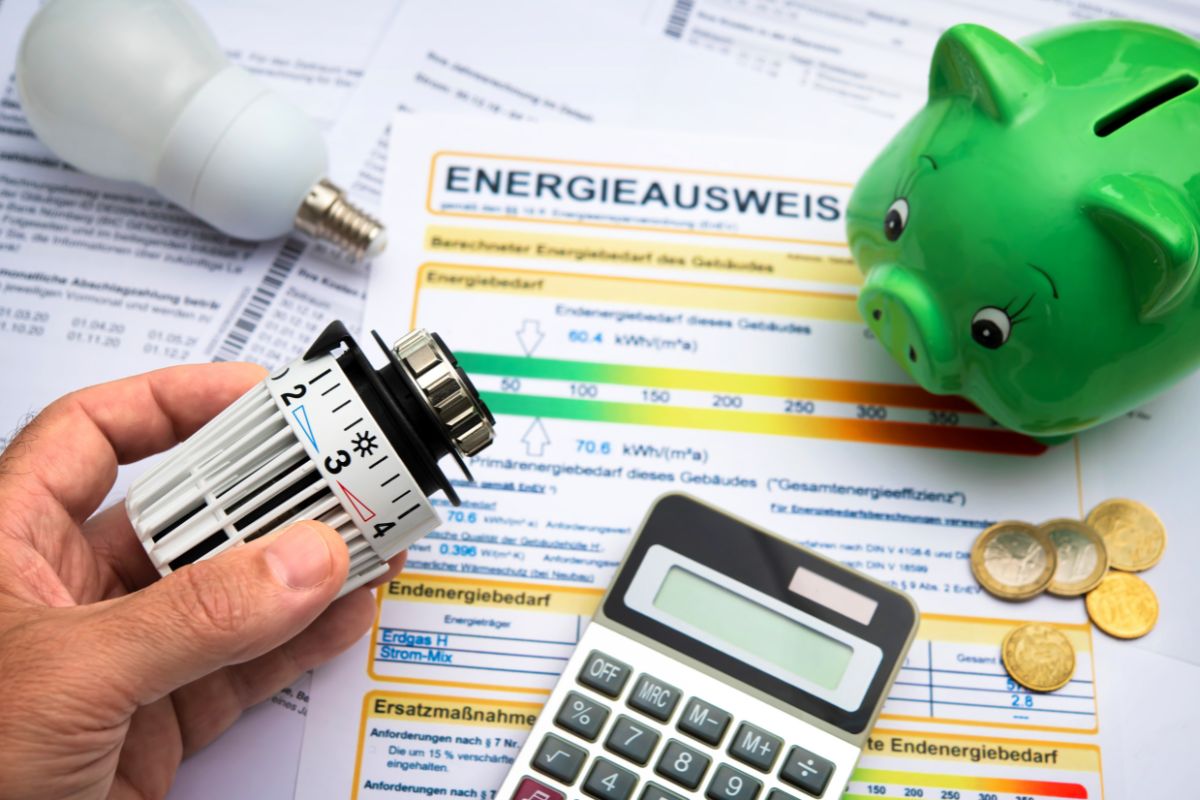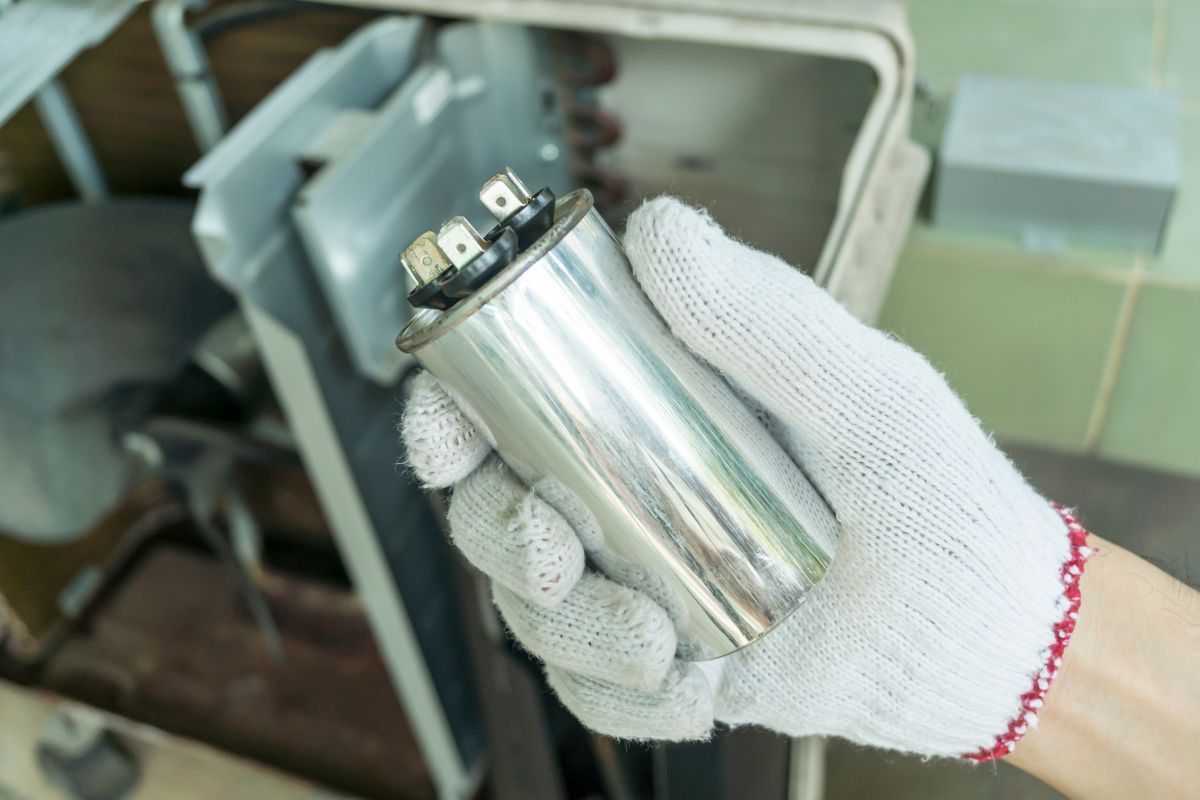Christmas! It’s a time for joy, family, and twinkling lights, right? But have you ever stopped to think about how much more energy we all use during the holidays? In many countries, household energy consumption jumps by a whopping 25-50% over the Christmas period. To put that in perspective, that surge is like powering an extra 5 million homes for an entire month!
So, how can you reduce your energy footprint – that’s the amount of energy you use – during the holiday season without turning into a Scrooge? Well, we’re here to help! This article is packed with practical, actionable steps that you can take at home to shrink your energy consumption this Christmas. We’re focusing on what individual households can do, so we won’t be diving into large-scale commercial or industrial energy-saving strategies.
Christmas traditions are super important, right? They’re what make the holidays special for so many families. But it’s also becoming more and more important to find ways to celebrate sustainably and reduce our impact on the environment. Balancing those cherished traditions with environmentally conscious practices is really the key to a joyful and responsible holiday season.
What is Christmas Energy Saving?
So, what exactly is “Christmas energy saving?” Simply put, it’s about making a conscious effort to minimize energy use in all aspects of the holiday. That includes everything from choosing energy-efficient Christmas lights and adjusting your thermostat to being mindful of how you use your appliances when you’re doing all that holiday cooking.
Now, before you panic, let’s be clear: this isn’t about ditching all your favorite Christmas traditions! It’s about finding more sustainable ways to celebrate. It’s about shifting your mindset to prioritize energy efficiency in everything you do during the holidays.
And here’s the best part: saving energy at Christmas doesn’t mean sacrificing comfort, enjoyment, or that amazing festive spirit! There are tons of energy-efficient alternatives out there that can actually enhance your holiday experience. Take Christmas lights, for example. Switching to LED lights doesn’t mean you have to have fewer lights; it just means you’re using less energy to get the same beautiful glow. In fact, switching to LED lights offers significant energy savings!
Ultimately, Christmas energy saving is part of a bigger picture: global energy conservation and tackling climate change. The holiday season gives us a focused opportunity to practice energy-saving habits that we can use all year round. And while the global challenges are real, this article is all about the positive impact that you can have through your own actions.
Get Inspired by Rayzeek Motion Sensor Portfolios.
Doesn't find what you want? Don't worry. There are always alternate ways to solve your problems. Maybe one of our portfolios can help.
Why Save Energy at Christmas?
Environmental Benefits
The biggest environmental benefit of saving energy at Christmas is reducing carbon emissions. Carbon emissions are the greenhouse gasses released into the atmosphere when we burn fossil fuels. Fossil fuels, like coal and natural gas, are what most power plants use to generate the electricity that powers our homes. When we burn these fuels, they release greenhouse gasses, including carbon dioxide, into the atmosphere. These gasses trap heat, which contributes to global warming and climate change. So, by reducing our energy consumption, we reduce the demand for electricity, which means fewer emissions from power plants. Even small changes, when lots of people do them, can make a huge difference in reducing overall emissions.
Economic Benefits
Let’s talk money! Saving energy at Christmas directly translates to lower energy bills, which frees up money for other holiday expenses. For instance, running traditional incandescent Christmas lights for just six hours a day over 30 days can cost significantly more than using LEDs. Incandescent bulbs might set you back $5-$10 for the season, while LEDs might cost less than a dollar! Plus, many energy-saving measures are either no-cost or low-cost, like turning off lights when you leave a room or adjusting your thermostat. Simple actions like these, along with unplugging devices, can lead to noticeable savings. While individual results will vary, implementing all of these tips could realistically save you between $50 and $200 on your energy bills over the Christmas period. Even adopting just a few key strategies, like switching to LED lights and managing your thermostat, could save you $20-$50. Think of what you could do with that extra cash – more gifts, festive treats, or just a little breathing room after the holidays!
Energy Grid Stability
Here’s something you might not have thought about: saving energy at Christmas helps reduce strain on the power grid. The power grid is the network that delivers electricity to our homes and businesses. The surge in energy use for lighting, heating, and cooking during the holidays can put a huge strain on the power grid, potentially leading to power outages or instability. Responsible energy consumption contributes to the overall stability of the power grid, ensuring a reliable energy supply for everyone in your community.
Setting a Good Example
Finally, saving energy at Christmas gives you a chance to promote sustainable practices for your children and future generations. Involving the whole family in energy-saving efforts can make it a fun and engaging activity. Teaching children about energy conservation helps them develop environmentally responsible habits that will benefit them – and the planet – in the long run.
Saving on Christmas Lighting
The Impact of Christmas Lights
Did you know that traditional incandescent Christmas lights can consume a surprising amount of energy? A single strand of 100 incandescent mini-lights can use around 40 watts of power. A watt is a unit of power, like how bright the light is. If you run that strand for 6 hours a day for 30 days, it will consume 7.2 kilowatt-hours (kWh) of electricity. A kilowatt-hour is the unit your electric company uses to bill you. Now, compare that to a comparable strand of LED mini-lights, which might use only 4.8 watts, consuming just 0.86 kWh over the same period. That difference adds up quickly, especially when you consider multiple strands of lights and other decorations!
Incandescent vs. LED
Let’s dive into the nitty-gritty: incandescent and LED Christmas lights differ significantly in energy consumption, lifespan, cost, and safety. LEDs are far more energy-efficient, using up to 90% less energy to produce the same amount of light as incandescent bulbs. This is because LEDs convert a higher percentage of electricity into light, while incandescent bulbs waste most of the energy as heat. Plus, LEDs have a much longer lifespan, lasting up to 25,000 hours or more, compared to only around 1,000 hours for incandescent bulbs. This longer lifespan means you won’t have to replace them as often, saving you even more money over time. While LEDs might cost a bit more upfront, the combination of lower energy bills and fewer replacements makes them cheaper in the long run. And here’s a big one: LEDs are much cooler to the touch than incandescent bulbs, which significantly reduces the risk of fire hazards. Incandescent bulbs generate a lot of heat, which can be a fire risk if they come into contact with flammable materials like dry Christmas tree needles, wrapping paper, or curtains. LEDs, on the other hand, operate at a much lower temperature, greatly reducing that risk. Now, some people think LED lights are less bright or have a “cold” color. But modern LED technology has come a long way! High-quality LED Christmas lights now offer a warm, inviting glow similar to incandescent bulbs, and flickering is rarely an issue. Just look for lights labeled “warm white” or “soft white” for a traditional look. Many LED lights even offer dimming and color-changing options, giving you even more flexibility.
Timers and Automation
Want to take your energy savings to the next level? Using timers to control your Christmas light schedules is crucial. Timers prevent lights from being left on unnecessarily, especially overnight or when no one is home. You can easily program timers to turn lights on and off at specific times, ensuring they’re only on when you need them. And for even more convenience, check out smart plugs! Smart plugs offer remote control and scheduling via a smartphone app.
Outdoor Lighting Considerations
When setting up your outdoor Christmas lights, keep these points in mind:
- Use weatherproof lights and extension cords specifically designed for outdoor use to ensure safety and prevent damage from the elements.
- Avoid overloading circuits, which can cause power outages or fire hazards.
- To calculate the maximum load for a circuit, add up the wattage of all the lights and decorations you plan to connect to it. Wattage is how much power the device needs. This total should not exceed the circuit’s amperage rating (typically 15 or 20 amps) multiplied by the voltage (usually 120 volts). Amperage is a measure of electrical current, and voltage is a measure of electrical potential.
- Be mindful of the impact of your outdoor lighting on neighbors and wildlife.
- Using timers, as we discussed earlier, can help minimize light pollution during late-night hours.
- Use directional lighting to minimize light spill and direct the light where it’s needed.
Safety Tips
Before you plug anything in, remember these safety tips:
- Inspect lights for any damage, such as frayed wires or broken bulbs, before use.
- Avoid connecting too many light strings together, as this can overload the circuit.
- Keep lights away from flammable materials, such as curtains, wrapping paper, and dry Christmas tree needles.
Types of LED Christmas Lights
Did you know that there are different types of LED Christmas lights? Beyond the basic incandescent/LED choice, you’ve got options! Mini lights are the most common and versatile, working well both indoors and outdoors. C7 and C9 bulbs are larger and give a more traditional look, often used outdoors. Wide-angle LEDs offer a broader spread of light, making them great for wrapping trees or bushes. Think about the look you’re going for and the area you’re decorating when you choose your LED lights.
Efficient Holiday Heating
Increased Heating Demand
Why does your heating bill always seem to spike during Christmas? Well, heating needs typically increase due to a combination of factors. First, you’ve got more people in the house! Guests and family gatherings increase the overall heat load. Heat load is the amount of heating your system needs to do. More people generate more body heat, and the overall activity level tends to be higher, requiring a higher temperature to maintain comfort. Plus, frequent door openings, as people come and go, let in cold air, which makes your heating system work harder. And finally, increased cooking, especially using the oven, generates heat, but also contributes to heat loss through ventilation systems like exhaust fans.
Thermostat Management
Want to save some serious energy on heating? Proper thermostat management is key. Energy Star recommends setting your thermostat to 68°F (20°C) while you’re home and awake, and lowering it to around 60-62°F (15.5-16.5°C) when you’re asleep or away. For every degree you lower your thermostat for eight hours, you can save approximately 1% on your heating bill. Lowering the thermostat by a few degrees, especially at night or when the house is empty, can significantly reduce energy consumption without sacrificing comfort. Just avoid drastic temperature fluctuations, as these can be inefficient and uncomfortable, forcing your heating system to work harder.
Zone Heating
Another great way to save on heating is with zone heating. Zone heating means heating only the rooms that you’re actually using, rather than the entire house. You can use space heaters strategically to supplement your central heating in occupied rooms, but safety is super important.
Here are some safety tips for using space heaters:
- Choose energy-efficient space heater models, such as oil-filled radiators, which provide more even and sustained heating.
- Always keep space heaters away from flammable materials like curtains and furniture, and never leave them unattended while in operation.
Finally, closing doors and vents in unused rooms helps to prevent heat from escaping to those areas, further improving the efficiency of zone heating.
Addressing Heat Loss
Another key to efficient heating is addressing heat loss. Identify and seal drafts around windows and doors, which are common sources of heat loss. Use simple DIY methods like weather stripping and caulk to seal those gaps and cracks. Use thick curtains or blinds to provide an extra layer of insulation for your windows. Make sure your home has proper attic and wall insulation. Insulation acts as a barrier, preventing heat from escaping through walls, ceilings, and floors. You might even consider getting a professional energy audit to identify areas where your insulation can be improved.
Ventilation and Cooking
During the holiday season, you’re probably doing a lot more cooking. It’s important to balance your ventilation needs with heat retention. Use exhaust fans sparingly while cooking to remove moisture and odors, but try to minimize their use to prevent excessive heat loss. And be mindful of opening windows for ventilation, as that can also lead to significant heat loss.
Fireplace Efficiency (if applicable)
If you’re lucky enough to have a fireplace, there are ways to maximize its efficiency and minimize heat loss. Consider using a fireplace insert or glass doors to improve heat retention and prevent warm air from escaping up the chimney. And always, always make sure the damper is closed when the fireplace isn’t in use to prevent heat loss.
Apartment-Specific Strategies
Living in an apartment? You might have limited control over your central heating system. Focus on maximizing efficiency within your own unit. Make sure your windows and doors are well-sealed to prevent drafts. Use thick curtains to insulate your windows. If you have individual thermostats, manage them carefully. And don’t hesitate to communicate with your building management about any concerns you have regarding overall building heating efficiency.
Comparing Heating System Efficiency
Finally, keep in mind that the type of heating system you have significantly impacts your energy consumption. Generally, heat pumps are the most energy-efficient option. Heat pumps work by transferring heat rather than generating it, making them significantly more efficient, especially in moderate climates. Next up are gas furnaces, which are relatively efficient but still rely on burning fossil fuels. And lastly, electric resistance heaters are the least efficient, as they convert electricity directly into heat, which is an energy-intensive process. If you have an older, inefficient heating system, consider upgrading to a more energy-efficient model, such as a heat pump, to reduce your energy consumption and carbon footprint year-round, not just during Christmas.
Smart Cooking and Appliance Use
Oven Efficiency
Let’s talk about oven efficiency! Planning your holiday meals strategically can significantly reduce how much you use the oven. Cook multiple dishes at once, utilizing the same temperature settings whenever possible. Avoid preheating the oven for longer than you need to. Most modern ovens preheat pretty quickly, so you only need to turn it on a few minutes before you’re ready to put your food in. Use the oven light to check on your food instead of opening the door. Every time you open the oven door, a significant amount of heat escapes, forcing the oven to work harder to maintain the desired temperature, which increases cooking time and wastes energy. Utilize residual heat by turning off the oven a few minutes before the cooking time is complete; the remaining heat will often finish cooking the food. Choose the right cookware size for the amount of food you’re cooking; using smaller pans for smaller dishes avoids wasting energy heating up a larger pan. And finally, keep lids on pots and pans (when appropriate for the recipe) to trap heat and reduce cooking time.
Looking For Motion-Activated Energy-Saving Solutions?
Contact us for complete PIR motion sensors, motion-activated energy-saving products, motion sensor switches, and Occupancy/Vacancy commercial solutions.
Stovetop Efficiency
Stovetop efficiency is also important! Match the pot size to the burner size to ensure efficient heat transfer. Using a small pot on a large burner just wastes energy. Use flat-bottomed pans for better heat transfer and more even cooking. And don’t forget to keep lids on your pots to speed up cooking and reduce energy use.
Dishwasher Efficiency
Dishwasher efficiency is another area where you can save. Run full loads in the dishwasher to maximize water and energy efficiency. Avoid running it when it’s only partially full. Use the air-dry setting instead of the heat-dry setting to save a significant amount of energy. And scrape your dishes instead of pre-rinsing them; modern dishwashers are designed to handle food scraps, and pre-rinsing wastes water and energy.
Refrigerator Efficiency
Don’t forget about your refrigerator! Keep the refrigerator door closed as much as possible to minimize cold air loss. Ensure the refrigerator seals are airtight to prevent cold air from leaking out. Set your refrigerator and freezer to the recommended temperatures (typically around 37-40°F for the refrigerator and 0°F for the freezer). And avoid overfilling the refrigerator, which can restrict airflow and reduce efficiency.
Small Appliance Use
Finally, think about your small appliances. Use smaller appliances like slow cookers, toaster ovens, or microwave ovens for smaller meals instead of firing up that big oven, which consumes way more energy. And don’t forget to unplug your small appliances when you’re not using them to eliminate phantom load. We’ll talk more about phantom load in the next section!
Tackling Phantom Load
Okay, let’s talk about something a little spooky: phantom load! Phantom load, also known as standby power or even vampire power, is the energy consumed by electronic devices even when they’re switched off or in standby mode. Think of it like a leaky faucet, constantly dripping energy (and money!) even when you’re not actively using the device. This wasted energy is often referred to as ‘standby power’ or ‘vampire power’. Common examples of devices that contribute to phantom load include TVs, game consoles, phone chargers, cable boxes, and computers.
During Christmas, the use of all those extra decorations and electronics can really amplify this phantom load. This “phantom load,” as we talked about earlier, is often increased during Christmas. Examples include Christmas lights with remote controls, animated decorations, and electronic toys that remain plugged in even when they’re not being used.
How can you identify these phantom load culprits? One way is to use a watt meter, which measures the power consumption of individual devices. You just plug the watt meter into an outlet, and then plug the device into the watt meter. The meter will display the device’s power consumption, even when it’s switched off. You can also look for devices with indicator lights or that feel warm to the touch even when they’re switched off; those are likely consuming standby power.
Here’s how to fight back against phantom load:
- Unplugging devices when you’re not using them is the simplest and most effective way to eliminate phantom load.
- Use power strips with on/off switches to make it easy to turn off multiple devices at once.
- A regular power strip simply expands the number of outlets, while a surge protector also protects your devices from voltage spikes. Both can help with phantom load if they have an on/off switch.
- Choose Energy Star-certified devices, which are designed to minimize standby power consumption. Energy Star-certified means that the device meets certain energy efficiency standards.
Now, I know what you’re thinking: unplugging everything can be a pain! But the long-term energy and cost savings are significant, especially when you multiply it across numerous devices and over time. So, prioritize unplugging devices that have a high phantom load, like those with large power adapters or that remain warm to the touch even when they’re off.
Using Smart Home Technology
Ready to get smart about saving energy? Smart home technology offers a range of devices that can automate energy savings, making it easier than ever to reduce your consumption during Christmas and throughout the year.
Smart Thermostats
Let’s start with smart thermostats. Smart thermostats offer a variety of features that go way beyond what traditional thermostats can do. They allow you to create programmable schedules, setting different temperatures for different times of the day and days of the week. You can even use remote control to adjust the thermostat from anywhere using a smartphone app. Some smart thermostats have learning capabilities, analyzing your habits and automatically adjusting the temperature to optimize energy efficiency. Geofencing automatically adjusts the temperature based on your location, turning down the heat when you leave the house and turning it up when you return. And finally, smart thermostats often provide energy reports, giving you insights into your energy consumption patterns so you can see where you’re saving (or wasting!) energy.
Smart Plugs
Next up: smart plugs! Smart plugs can be used to control your Christmas lights and other decorations, as well as other electronic devices. They allow you to turn devices on and off remotely using a smartphone app. You can also set schedules for your lights and decorations, similar to traditional timers. Smart plugs offer scheduling capabilities similar to traditional timers, but with the added bonus of remote control. And many smart plugs even include energy monitoring features, allowing you to track the energy consumption of individual devices.
Smart Lighting
And let’s not forget about smart lighting! Smart lighting systems offer a bunch of energy-saving features. You can use dimming to reduce energy consumption when you don’t need full brightness. Motion sensors can automatically turn lights on and off based on whether someone is in the room. And many smart lighting systems can even be controlled with voice control, providing added convenience.
When you’re choosing smart home devices, it’s super important to make sure they’re compatible with each other and with your existing home systems. Different smart home platforms, such as Google Home, Amazon Alexa, and Apple HomeKit, offer varying levels of compatibility and integration. These platforms are essentially the operating systems for your smart home devices.
Now, let’s be real: smart home devices do have an upfront cost. But they can offer a significant return on investment through energy savings over time. You can estimate your potential savings by considering the energy consumption of the devices you plan to control and the estimated reduction in energy use.
Many smart home devices, like smart plugs and smart thermostats, provide detailed energy consumption data. You can use these devices to track your energy usage before and after you implement energy-saving measures, which lets you see the direct impact of your efforts. Some utility companies also offer online portals or apps that allow you to monitor your overall household energy consumption. By comparing your energy usage during the Christmas period to previous years or to similar households, you can get a clearer picture of just how much you’re saving. And remember, look for that Energy Star certification when you’re choosing your smart home devices!
Alternative Energy for Decorations
Solar-Powered Christmas Lights
Want to go completely green with your Christmas decorations? Solar-powered Christmas lights offer a renewable energy alternative for your holiday displays. Solar-powered Christmas lights have small photovoltaic panels that absorb sunlight during the day. Photovoltaic panels are what convert sunlight into electricity. These panels convert the sunlight into electrical energy, which is then stored in a rechargeable battery. At night, the lights automatically turn on, drawing power from the battery. The brightness and duration of the lights depend on the amount of sunlight they received during the day and the capacity of the battery.
Here are the benefits of solar-powered Christmas lights:
- They use a renewable energy source, reducing our reliance on fossil fuels.
- Once installed, the lights are powered by the sun, eliminating electricity costs.
- They’re easy to install because no wiring is required.
But there are also some limitations to keep in mind:
- Their performance depends on sunlight and may be affected by cloudy weather or shade. In consistently cloudy climates, the battery may not receive enough charge to power the lights for the desired duration. In those cases, consider using solar lights as a supplementary lighting source rather than your primary one. You might also look for solar lights with larger solar panels and higher-capacity batteries, which are designed to perform better in low-light conditions. Alternatively, consider a hybrid approach: combine solar lights with energy-efficient LED lights connected to the mains, using the solar lights on brighter days and switching to the mains-powered lights when necessary.
- The battery may need to be replaced after a few years.
- Solar-powered lights may have a higher initial cost than traditional lights.
Types of solar-powered Christmas lights include string lights, spotlights, and pathway lights. When you’re choosing solar-powered Christmas lights, consider their brightness, battery capacity, and weather resistance.
There are other alternative energy options for decorations, but they’re generally less practical. Hand-cranked or kinetic-powered decorations are available, but their availability is limited, and they may not provide enough power for extensive lighting. Small-scale wind turbines are another possibility, but they’re generally not practical for most households because of the cost, space requirements, and the need for consistent wind.
Energy-Efficient Decorating
First and foremost: when you’re decorating, prioritize using LED Christmas lights. We talked about all the benefits of LEDs earlier, so you know they’re the way to go!
Get creative with reflective ornaments! Use reflective ornaments, such as mirrored or metallic balls, to amplify the light from your Christmas lights. This allows you to use fewer bulbs while still achieving a bright and festive look. You can also use mirrors and other reflective surfaces throughout your home to enhance the effect.
Bring the outdoors in! Incorporate natural materials like pine cones, branches, berries, and holly to create beautiful and sustainable decorations. This reduces the need for manufactured decorations, which have an embodied energy cost associated with their production and transportation. Embodied energy is the total energy required to make and transport a product. And after the holidays, you can compost most of these natural decorations.
Invest in durable decorations that you can use year after year. This reduces waste and the need to purchase new decorations every Christmas. And try to avoid single-use decorations made from plastic or other non-biodegradable materials.
Get crafty! Make your own decorations from recycled materials, such as cardboard, paper, or fabric scraps. You could make paper snowflakes, cardboard ornaments, or fabric garlands. The possibilities are endless!
When you do need to buy decorations, choose those made from sustainable materials like wood, glass, or recycled materials.
Ditch the glitter! Glitter is a microplastic, meaning it’s a tiny piece of plastic that can pollute waterways and harm wildlife. Consider eco-friendly alternatives to glitter, such as biodegradable glitter made from plant-based materials or natural materials like salt or sand for that extra sparkle.
Plan Ahead for Energy Savings
Here’s a handy pre-Christmas checklist to help you get started:
- Ensure you’ve switched to LED Christmas lights.
- Program your thermostat.
- Draft-proof your windows and doors.
- Plan energy-efficient meals.
- Identify and address phantom load.
- Purchase any smart home devices or timers you need.
Start planning your decorations early! Take inventory of your existing decorations so you don’t buy anything you don’t need. Repair or repurpose broken decorations instead of buying new ones whenever you can. And plan any DIY decoration projects in advance so you have time to gather your materials and get crafty.
Think about your menu! Create a menu that minimizes oven use, opting for dishes that can be cooked on the stovetop, in a slow cooker, or prepared in advance. Prepare dishes or components of dishes in advance to reduce cooking time on Christmas Day.
Be a smart shopper! When you’re shopping, prioritize Energy Star-certified appliances and electronics. Consider giving gifts that encourage energy saving, such as smart power strips, LED light bulbs, or a programmable thermostat. Alternatively, choose gifts that don’t require electricity, like books, board games, or experiences. When you are purchasing electronic gifts, look for the Energy Star label to ensure they meet energy efficiency standards. And think about the embodied energy of gifts, opting for durable, well-made items over cheaply produced ones that may quickly end up in a landfill.
Don’t be shy! Share your energy-saving goals with your family and guests to encourage them to participate. Encourage them to turn off lights when they leave a room and to minimize their appliance use. Every little bit helps!
Embodied Energy of Decorations
Let’s talk about embodied energy. Embodied energy is the total energy required to produce, package, and transport a product. For example, think about the difference between a plastic Christmas ornament manufactured in a factory, shipped
It’s important to realize that many Christmas decorations, especially those made from plastic and shipped long distances, have a significant embodied energy.
Choose durable, reusable decorations over those disposable ones to reduce the overall embodied energy associated with your Christmas celebrations. Consider the origin and manufacturing process of your decorations, opting for those made locally or using sustainable practices. Support local artisans and businesses that use sustainable practices and materials. And choose decorations made from recycled or upcycled materials whenever you can.
Choose decorations that come with minimal packaging to reduce waste. And always recycle those packaging materials whenever possible!
Have you heard of the “Buy Nothing Christmas” movement? It encourages reducing consumption during the holidays. Explore alternative gift-giving ideas, such as experiences, handmade gifts, or even donations to charity in the recipient’s name.
Remember, even seemingly small choices about your decorations have a cumulative effect over time, reducing the overall environmental impact of your Christmas celebrations.
Maybe You Are Interested In
What about the tree? The embodied energy comparison between artificial and real Christmas trees is actually pretty complex. Artificial trees, which are typically made from PVC plastic, have a high initial embodied energy because of the manufacturing process and transportation (often from overseas). However, if you use an artificial tree for many years (typically more than 10), its embodied energy per year can be lower than that of a real tree. Real trees have a lower initial embodied energy, but they require annual transportation and may involve the use of pesticides and fertilizers. The most sustainable option is often a locally sourced, sustainably grown real tree that is composted or recycled after you’re done with it. So, consider the lifespan and disposal method when you’re making your choice.
Conclusion
We’ve covered a lot of ground in this article! We’ve talked about everything from using LED lights and managing your thermostat effectively to employing zone heating, addressing heat loss, practicing smart cooking and appliance use, tackling phantom load, utilizing smart home technology, considering alternative energy sources for your decorations, and choosing energy-efficient decorating practices.
The future looks bright (and energy-efficient)! Research into more efficient LED technologies continues, promising even greater energy savings in the future. Advances in battery technology could also improve the performance of solar-powered Christmas lights, making them a more viable option in a wider range of climates. Smart home technology is constantly evolving, with new devices and features that can further automate and optimize energy usage. And the development of more sustainable materials for decorations and packaging will also contribute to a more energy-efficient Christmas.
So, what are you waiting for? While your individual actions may seem small, the collective impact of millions of households adopting energy-saving practices during Christmas is significant. By making conscious choices about your lighting, heating, cooking, and decorations, we can all contribute to a more sustainable and joyful holiday season. Start with just one or two changes this year, and gradually incorporate more energy-saving habits over time. Every little bit helps!


